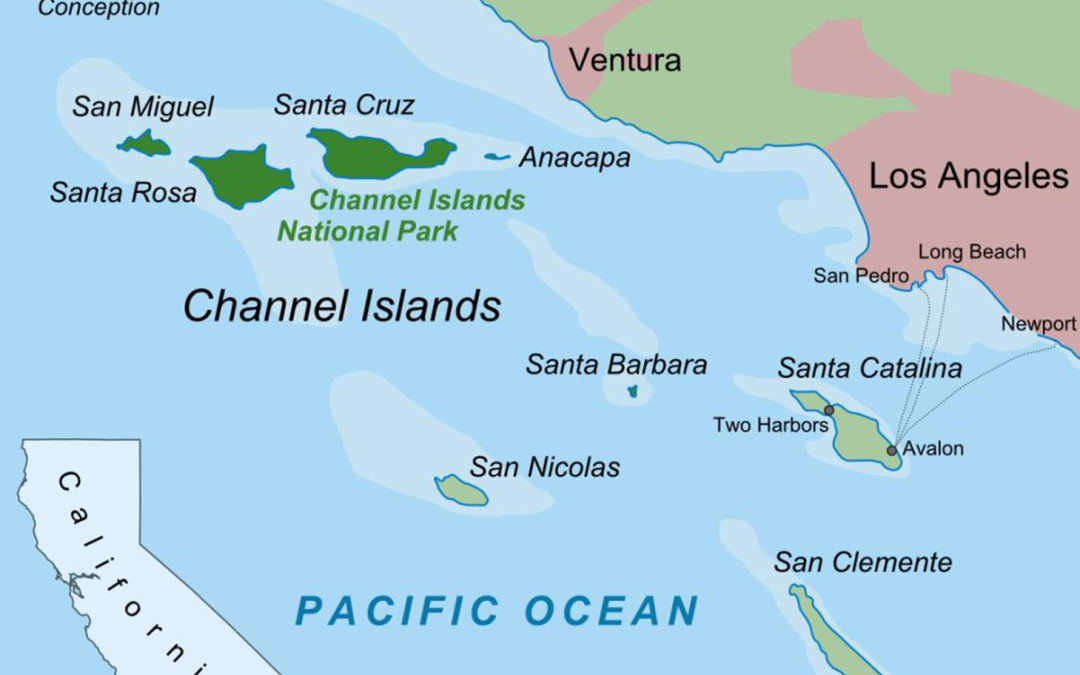“The sea, once it casts its spell, holds one in its net of wonder forever” – Jacques Yves Cousteau
Research shows that the sound of waves alters wave patterns in our brain lulling us into a deeply relaxed state. Relaxing in this way can help rejuvenate our mind and body. If you’ve ever wondered why you always sleep more soundly after spending the day on the beach, it’s because of the sea air. Sea air is charged with healthy negative ions that accelerate our ability to absorb oxygen. Negative ions also balance levels of serotonin, a body chemical linked with mood and stress. Living on or near the ocean is very therapeutic. Here are some interesting statistics about our oceans:
- An estimated 50-80% of all life on earth is found under the ocean surface and the oceans contain 99% of the living space on the planet. Less than 10% of that space has been explored by humans. 85% of the area and 90% of the volume constitute the dark, cold environment we call the deep sea which is the largest habitat on earth and is largely unexplored.
- The average depth of the oceans is 12,500 feet, whereas the average height of the land is only 2,700 feet.
- Our oceans cover some 70% of the Earth’s surface and contain 97% of the Earth’s water. Less than 1% is fresh water, and 2-3% is contained in glaciers and ice caps.
- 90% of all volcanic activity occurs in the oceans.
- The speed of sound in water 4,700 feet per second – nearly five times faster than the speed of sound in air.
- The earth’s longest mountain range is the Mid-Ocean-Ridge more than 30,000 miles in length, which winds around the globe from the Arctic Ocean to the Atlantic, skirting Africa, Asia and Australia, and crossing the Pacific to the west coast of North America. It is four times longer than the Andes, Rockies, and Himalayas combined.
- The pressure at the deepest point in the ocean is 15,750 psi (pounds per square inch). This is over 1,000 times the standard atmospheric pressure at sea level.
- The top ten feet of the ocean holds as much heat as the entire atmosphere.
- The Pacific Ocean, the world’s largest water body, occupies a third of the Earth’s surface.
- Antarctica has as much ice as the Atlantic Ocean has water.
- The Arctic produces 10,000-50,000 icebergs annually. The amount produced in the Antarctic regions is inestimable. Icebergs normally have a four-year life-span; they begin entering shipping lanes after about three years.



Recent Comments